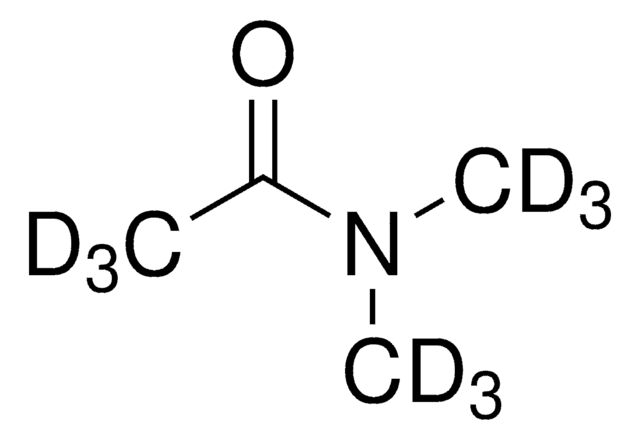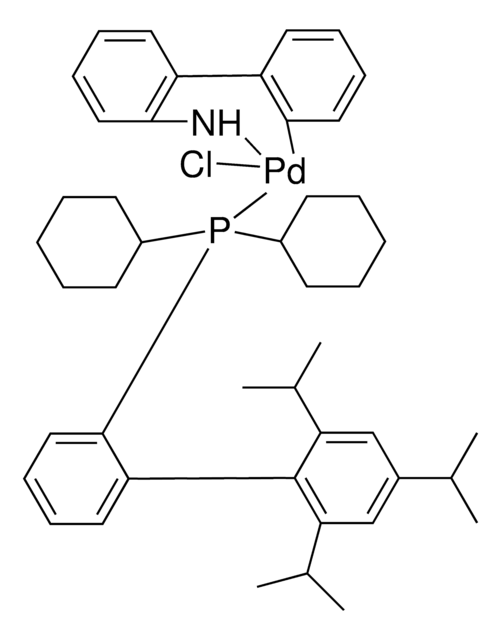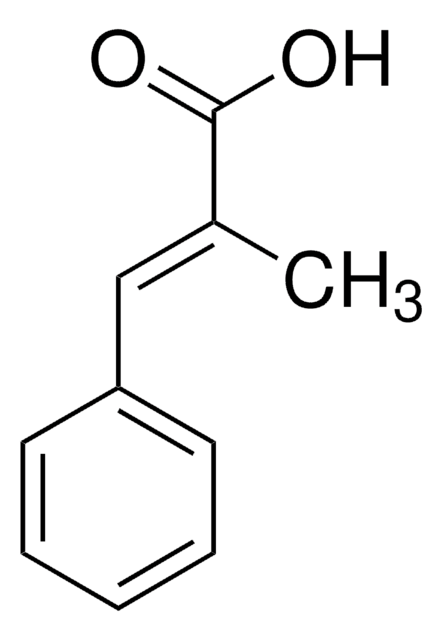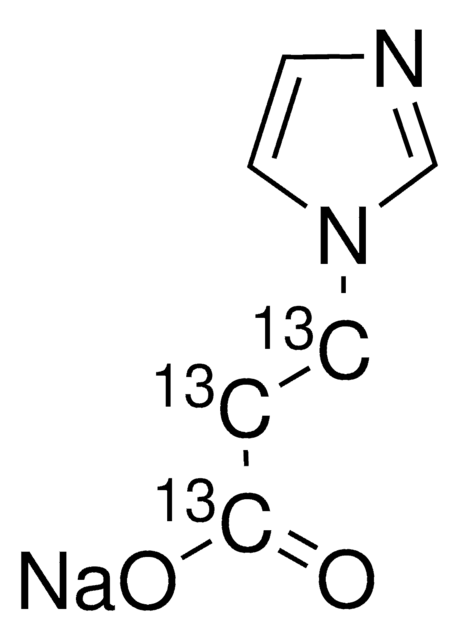ALD00378
Wasa-Yu MPAA Ligand
Sinónimos:
(S)-3-(2,6-Difluorophenyl)-2-((((4-(trichloromethyl)heptan-4- yl)oxy)carbonyl)amino)propanoic acid
About This Item
Productos recomendados
form
solid
reaction suitability
reaction type: C-H Activation
reagent type: catalyst
reagent type: ligand
reaction type: Peptide Synthesis
bp
521.1 °C±50.0 °C
density
1.365 g/cm3±0.06 g/cm3
functional group
amine
carboxylic acid
storage temp.
2-8°C
SMILES string
O=C(O)[C@@H](NC(OC(CCC)(CCC)C(Cl)(Cl)Cl)=O)CC1=C(F)C=CC=C1F
InChI
1S/C18H22Cl3F2NO4/c1-3-8-17(9-4-2,18(19,20)21)28-16(27)24-14(15(25)26)10-11-12(22)6-5-7-13(11)23/h5-7,14H,3-4,8-10H2,1-2H3,(H,24,27)(H,25,26)/t14-/m0/s1
InChI key
MYNBDMWXOQDYED-AWEZNQCLSA-N
Application
Related product
Storage Class
11 - Combustible Solids
wgk_germany
WGK 3
flash_point_f
Not applicable
flash_point_c
Not applicable
Elija entre una de las versiones más recientes:
Certificados de análisis (COA)
Lo sentimos, en este momento no disponemos de COAs para este producto en línea.
Si necesita más asistencia, póngase en contacto con Atención al cliente
¿Ya tiene este producto?
Encuentre la documentación para los productos que ha comprado recientemente en la Biblioteca de documentos.
Contenido relacionado
The Yu program centers around the discovery of catalytic carbon–carbon and carbon–heteroatom bond forming reactions based on C–H activation. Target transformations are selected to enable 1) the use of simple and abundant starting materials such as aliphatic acids, amines and alcohols, and 2) disconnections that drastically shorten the synthesis of a drug molecule or a major class of biologically active compounds.
Nuestro equipo de científicos tiene experiencia en todas las áreas de investigación: Ciencias de la vida, Ciencia de los materiales, Síntesis química, Cromatografía, Analítica y muchas otras.
Póngase en contacto con el Servicio técnico








